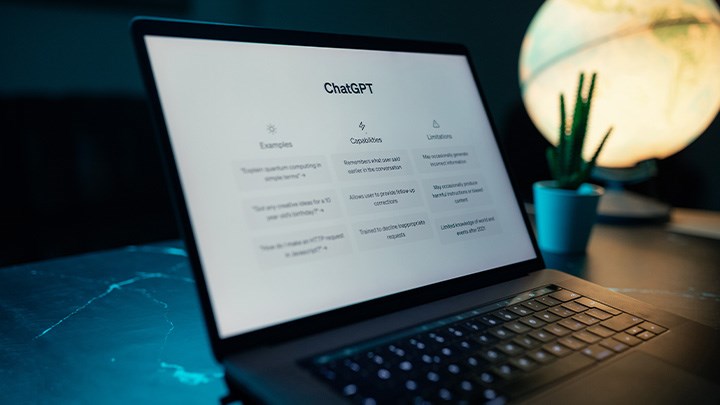AI and academic writing

Generative artificial intelligence (AI) can be used for everything from correcting spelling and grammar to making much more comprehensive changes to your texts. What should you consider before starting to use AI in your academic writing? How do you learn best? What should be avoided?
How can I use generative AI to improve my academic writing?
Generative AI applications can be used to correct your spelling and grammar, much like the built-in language checkers in word processing software. However, depending on the type of tool and the instructions given, generative AI can also make wide-ranging changes to your texts, such as rewriting sentences or entire paragraphs. AI tools may therefore promote or hinder your writing development, depending on how you choose to use them.
Can I use AI as a source?
The short answer is no. Generative AI applications are tools rather than sources of facts.
A chatbot may be used as a discussion partner. You can for example start an assignment by asking it questions to learn more about a topic or generate ideas. However, the answers you get are only based on language patterns likely to occur and are therefore not necessarily factually accurate. Moreover, each chat is unique. So even when you cite generative AI as a source you are unable to refer your reader to the exact material you used. All information retrieved from a chatbot must be evaluated critically, and you need to verify accuracy by using other reliable sources that can be cited.
However, in some cases you may use AI-generated material in a writing assignment or project. AI-generated images, videos, sound files, code, and so on may be regarded as sources in their own right, for example when you want to
- document present trends,
- examine linguistic features of chatbot answers, or
- investigate patterns appearing in AI-generated material.
To document a trend, you may use a formulation like: "When asked in April 2024 Who is going to win the US elections later this year?, the chatbot provided the following answer:" followed by the complete answer you received.
Below there are more examples of citing AI-generated material.


